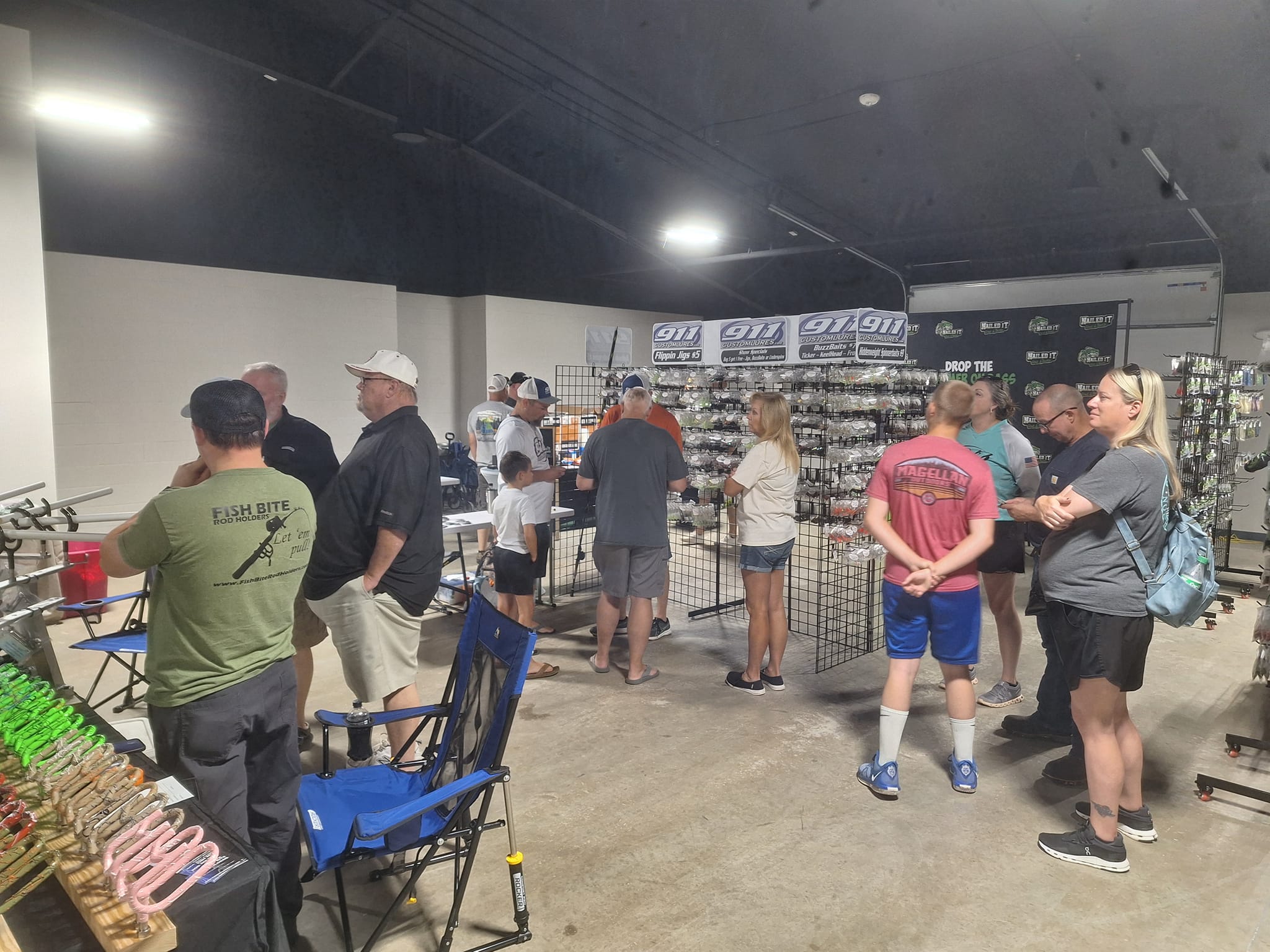Stanfield councilors stand by subdivision ordinance
Published 2:06 pm Thursday, September 20, 2018
Two residential developers will have to rethink their plans if they want to pursue projects in Stanfield.
Each had hoped to construct a cluster of houses on Big Lick Road — one with four homes, the other with five — and put in two gravel drives between the properties.
However, due to the number of houses and the length of the sewer extensions, both projects qualify as major subdivisions. This means Stanfield ordinances require developers to not only pave any access streets, but also put in curb, gutter and sidewalks.
Trending
“It adds a lot of expense for them to do that,” Town Administrator Bridgette Helms said.
In light of that additional cost — and the fact that the developments only just qualify as major subdivisions — property owners requested the town waive the requirements to put in pavement, curb, gutter and sidewalks. The request went to the town’s planning and zoning board first and was recommended to the town council for approval.
However, when the request reached councilors at their last meeting, they were reluctant to allow it.
“If we give this concession this time, what about the next time?” Councilman Greg Lucas said. “It sets that precedent … and our ordinances, it’s like why do we have them?”
These bylaws were written to make sure the neighborhoods in Stanfield were accessible, kept up and aesthetically coherent with each other, staff noted. And that can be particularly hard with gravel drives.
Since all gravel drives are privately owned in Stanfield, they said, maintenance is the responsibility of the residents who live along them. Nevertheless, the town receives calls from residents about potholes, washed out areas and bumps along gravel roads, often from people under the impression that the town is responsible for repairs.
Trending
“When you can’t, they get upset,” Lucas said.
Because of that, several councilors preferred the two developers put in paved roads, which can be adopted by the town and maintained as people expect.
However, not everyone was convinced such measures were needed.
In light of the money that would be invested into the community, Councilman Jerry Williams argued the benefits of approving the request outweighed other concerns.
“We’d pick up nine houses on water and sewer at no cost,” Williams said. “The way I see it, that’s a win-win for everybody.”
While the other councilors agreed that they wanted to encourage developers to continue, the majority felt they should stick to their ordinances and in the end the request was denied 4-1.
However, to show their willingness to work with developers, councilors also stated they would be willing to provide labor or materials to offset the additional expense.
There is no word on whether developers plan to proceed.





